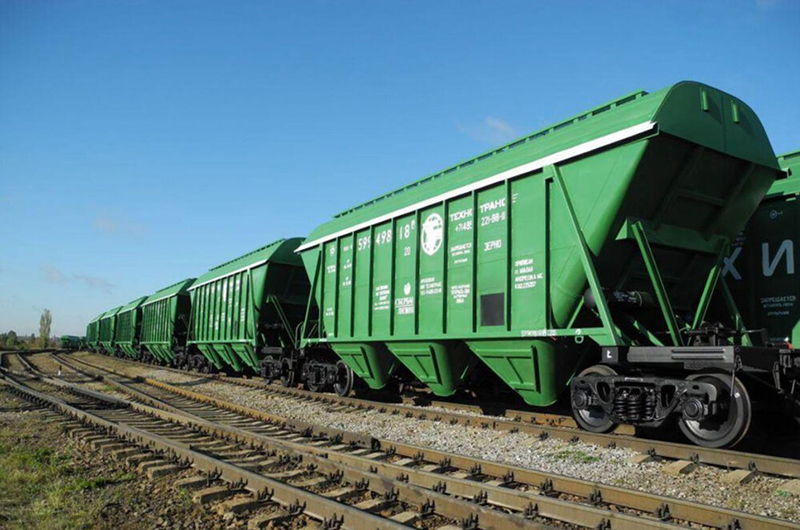Approval of Ferrograo Railroad in Hands of Brazilian Judge

The Brazilian Supreme Court judge, Alexandre de Moraes, recently extended the decision concerning the construction of the Ferrograo Railroad from northern Mato Grosso to ports on the Amazon River for another 90 days. After years of litigation, farmers are hoping that construction of the 933-kilometer railroad may finally gain approval.
The president of the Association of Port Terminals and Cargo Transporters of the Amazon Basin (AMPORT) views the 90-day extension as a positive development. He feels the extension was given to consolidate the findings of a Working Group that is evaluating the social and environmental benefits of the proposed railroad.
When the Ferrograo Railroad becomes operational, it will significantly lower the carbon emissions for the transportation sector. For comparison, the National Infrastructure and Transportation Department (DNIT) estimates that greenhouse gas emissions for highway transport are 3,744 km/T/1,000/km and for rail transport, it is 0.873 km/T/1,000/km.
The Brazilian National Land Transportation Agency (ANTT) estimates that the Ferrograo Railroad would reduce greenhouse gas emissions by 4 million tons per year by replacing thousands of trucks that currently transport grain to northern ports via Highway BR-163.
The reduction of the number of trucks traveling Highway BR-163 would also reduce the number of accidents. BR-163 is a simple 2-lane highway which makes it difficult to pass long lines of slow-moving grain trucks. In 2022, accidents accounted for 106 deaths on Highway BR-163 between northern Mato Grosso and the Amazon River.
The Ferrograo Railroad would significantly reduce the cost of transporting grain from Mato Grosso to the “Northern Arc” of ports in Brazil. When fully operational, the Ferrograo Railroad would transport 50 million tons of grain annually. Today, the “Northern Arc” of ports have an installed annual capacity of 58 million tons with expansion plans of another 42 million tons over the next ten years.
Without the Ferrograo Railroad, tens of thousands of additional trucks and their greenhouse gas emissions would be required to move an ever-increasing amount of grain to northern export facilities.
Read also
Write to us
Our manager will contact you soon



